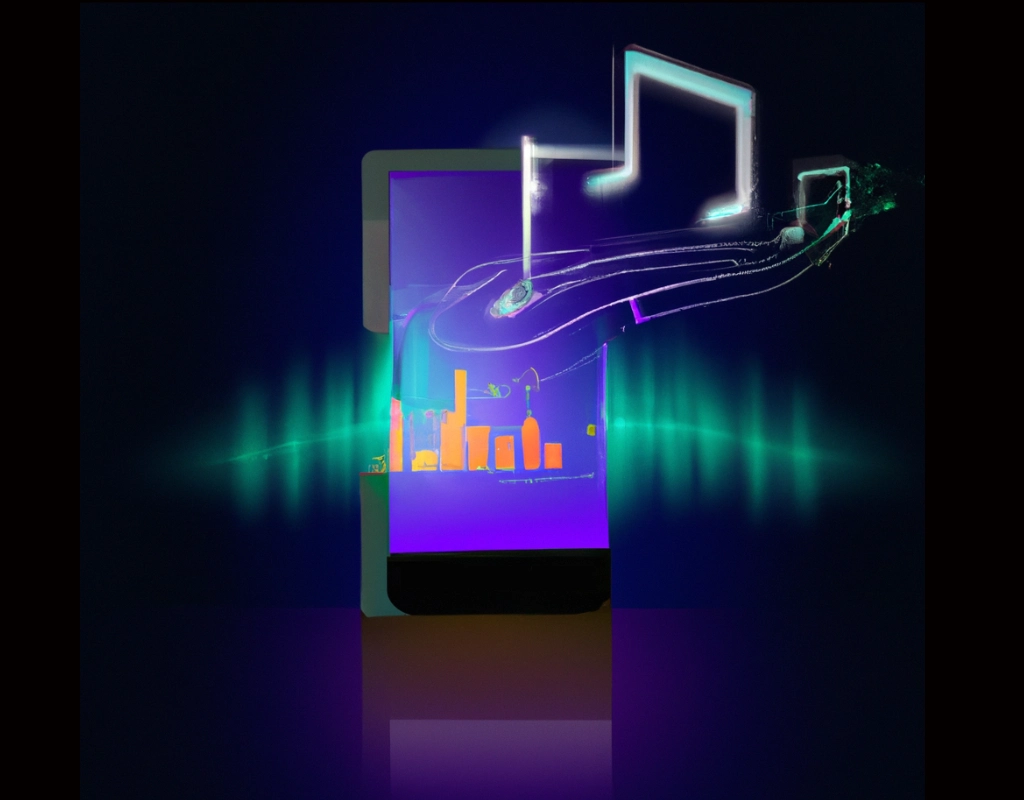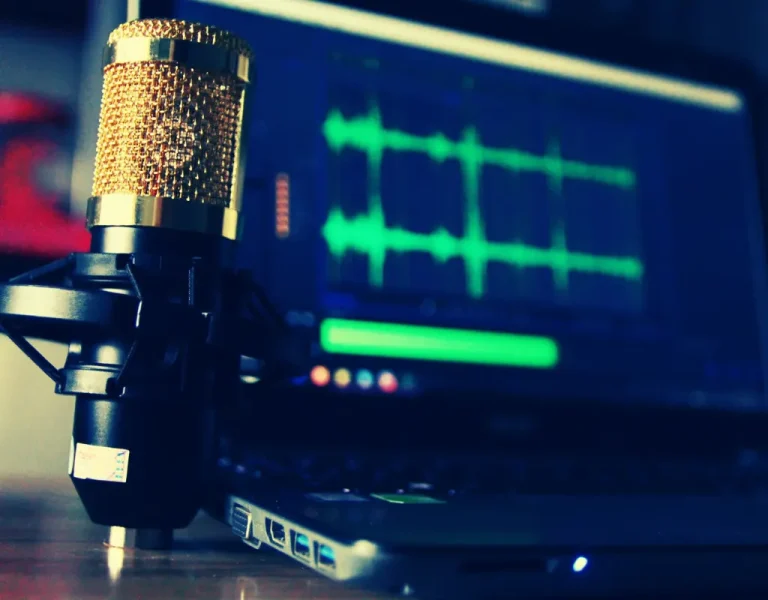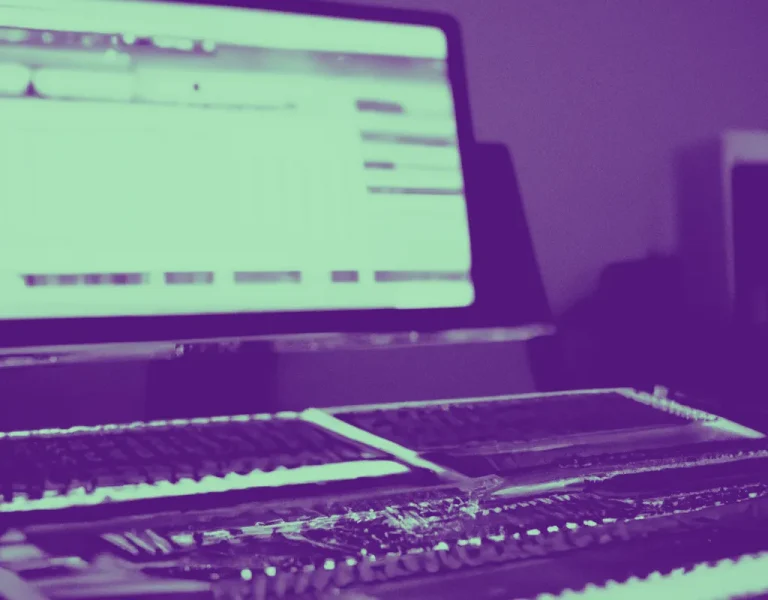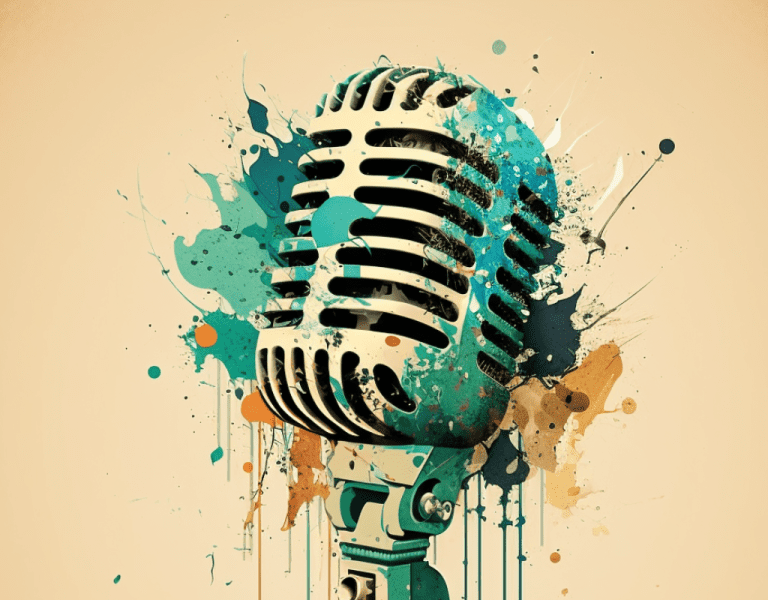Mix Sounds Bad on Phone: Troubleshooting Tips and Solutions
Many people today listen to music on their smartphones, expecting a satisfying listening experience. However, it’s common for music producers and amateurs to face challenges when their mix sounds bad on phone speakers.
Understanding the reasons behind this issue and adopting strategies to improve sound quality can make a significant difference.
Smartphone speakers have physical limitations that restrict their capacity to reproduce frequencies accurately.
Due to these limitations, a mix that sounds excellent on high-quality headphones or stereo systems may lose its impact when played on a phone.
In the following sections, we will explore the underlying reasons and suggest methods to optimize your mix for a better listening experience on phone speakers.
Key Takeaways:
Table of Contents
Common Issues with Mix Sound on Phone
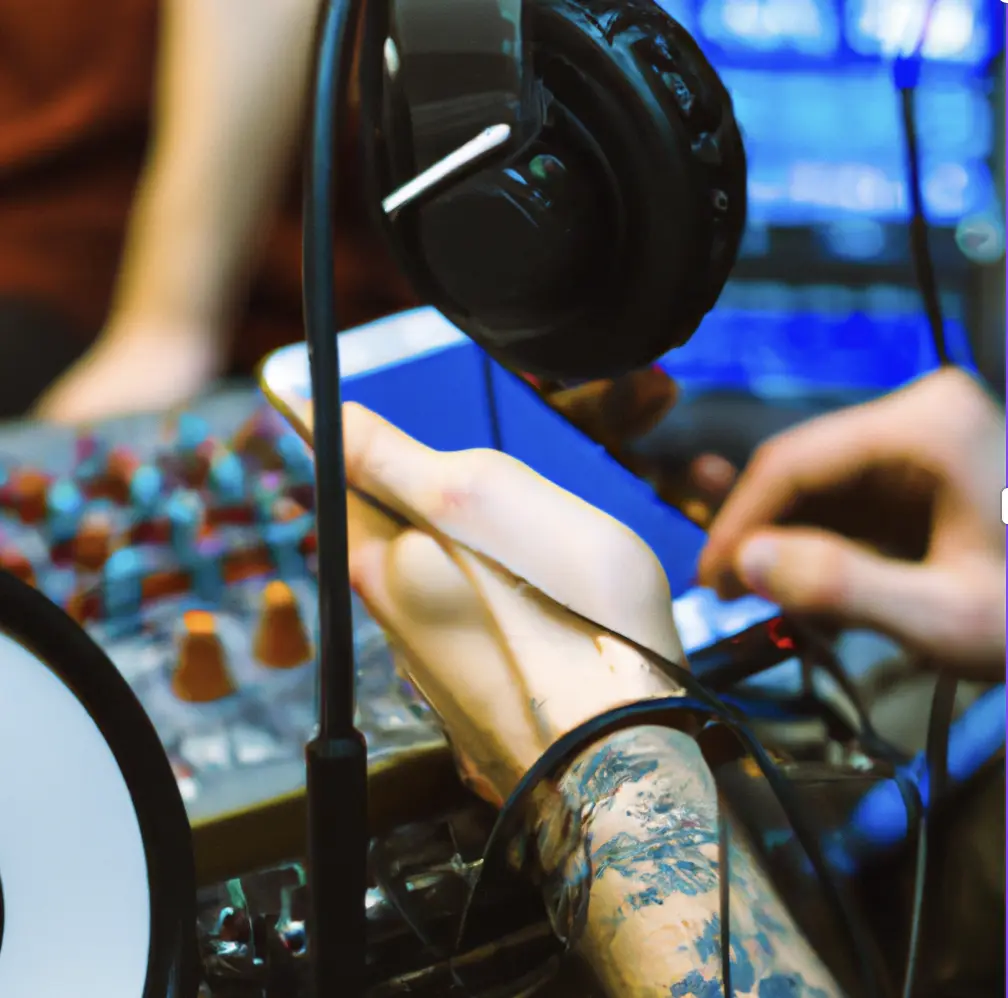
One common issue with mixes sounding bad on phones is the lack of low-end frequency reproduction.
Phone speakers have limited capabilities in handling low-frequency sounds, which can result in a mix that doesn’t translate well on these devices.
To address this issue, consider mixing some mid-focused distortion on bass elements to make them more audible on phone speakers.
Another common problem is poor stereo imaging when a mix is played in mono. Since phone speakers typically output sound in mono, mixes with too wide of a stereo image can end up sounding messy on these devices.
To improve a mix’s compatibility with mono playback, flip the mono options during mixing to hear how much is being removed and make the necessary adjustments.
Additionally, distortion on phone speakers may occur when specific frequencies become too prominent in the mix. This can be addressed by identifying the problematic frequencies and making precise cuts while maintaining the essence of the sound (source).
You must reference your mix on various devices and speakers to ensure a balanced sound across different playback systems.
Reasons for Poor Mix Sound Quality
Incompatible File Formats
One common reason for poor mix sound quality on phones is the use of incompatible file formats.
Specific audio formats may not be fully compatible with your phone’s audio player or codecs, resulting in distortion or artifacts affecting the listening experience.
Consider using universally-supported formats like MP3, AAC, or WAV to avoid this issue.
Low-Quality Source Files
Another factor that can cause poor mix quality on phones is using low-quality source files.
Always aim to work with high-quality lossless files, such as WAV or FLAC, for the best results.
Device Speaker Limitations
Phones typically have small, built-in speakers that can limit the playback quality of your mix.
Due to their size, these speakers usually don’t reproduce low frequencies very well and may result in a mix that sounds lacking or unbalanced.
It is essential to account for these limitations when creating your mix and aim for consistency when playing on various devices.
Improper Equalization Settings
Improper equalization settings can also contribute to poor mix sound quality when played on phones.
A mix with too much low-end information (below 100 Hz) or is not well-balanced across the frequency spectrum may sound muddy and unclear on phone speakers.
To ensure a more balanced mix, take the time to properly equalize your tracks and remove any problematic frequencies that could cause your mix to sound bad on phone speakers.
Tips for Improving Mix Sound on Phone
Optimizing Mix for Small Speakers
To make your mixes sound good on phone speakers, ensure the mix is balanced, with a focus on the mid-range frequencies.
Small speakers usually struggle to reproduce low frequencies, so don’t exaggerate the bass.
Maintaining mono compatibility while mixing ensures the mix translates well on single-speaker devices.
Using High-Quality Files
Using high-quality audio files during the mixing process will help retain better sound quality across different speaker types.
High-quality file formats like WAV and FLAC are preferred over compressed formats like MP3.
These file types ensure that detail and clarity are retained across various listening devices, including phones.
Applying Appropriate Equalization
Appropriate equalization (EQ) helps improve phone mix quality by adjusting the balance between different frequency bands.
When mixing for phones, focus on boosting the mid-range frequencies while avoiding excessive boosts in the low end, as they might distort smaller speakers.
Testing Mix on Different Devices
Testing your mix on various devices, including phones, is crucial to ensure it sounds good in different playback situations.
Take note of any inconsistencies or issues that may arise during these tests and make the necessary adjustments in your mix. This process ensures that listeners will enjoy your mix on any device.
Useful Tools and Apps
Several tools and apps can assist you in achieving a better mix and how it sounds on your phone. These tools can help you monitor and adjust your mix, fine-tune the frequencies, and achieve better sound quality for phone speakers.
1. Reference monitors: Using reference monitors, such as the Avantone MixCube, can help you create a mix that translates well across different playback systems, including phone speakers. These monitors are designed to provide a flat frequency response and help you focus on essential aspects of your mix, like midrange balance and overall levels.
2. Audio plugins: Various audio plugins can help you adjust your mix for phone speakers. For example, a multiband compressor can help you control the dynamics of specific frequency bands, which can be helpful when dealing with the limited frequency range of phone speakers.
3. Reference tracks: Comparing your mix to professionally produced reference tracks can provide valuable insight into how well your mix translates to different playback systems. Listen to your reference tracks on the same phone speakers to identify any areas that need improvement in your mix.
4. Smartphone apps: Several apps are available for iOS and Android devices that can help you optimize your mix for phone speakers. These apps often include features like spectral analysis, EQ visualization, and audio tools tailored to the specific limitations of phone speakers. Some popular options include AudioTools, Spectrum Analyzer, and Sonarworks.
Conclusion: Mix Sounds Bad on Phone
Making a great mix that sounds great on phone speakers and studio headphones can be challenging.
Phone speakers have their limits, particularly when it comes to lower frequencies, and this can lead to a mix that sounds poor on phones compared to other sound systems.
A good tip is to work with low sounds by adding middle-range frequencies. You can do this by using mid-focused distortion on a bass track.
Also, listening to the mix on different speakers and devices is essential, which helps ensure it sounds good on all types of systems.
Watch out for problems with stereo and phase, as they can make a mix sound bad on phone speakers that only have mono sound. Checking the mix in mono can help you find and fix these issues.
Finally, don’t just focus on making the mix sound good on phone speakers. Try to make a mix that sounds good on all kinds of systems.
Frequently Asked Questions
Why is my mix sounding distorted on phone speakers?
Phone speakers often have limited capabilities in terms of frequency reproduction and dynamic range. Distortion can occur when certain frequencies become too prominent, or the overall volume is too high. It’s important to test your mix on various playback devices to ensure it sounds good across different systems.
How can I make my mix sound better on mobile devices?
To improve the sound of your mix on mobile devices, consider the limitations of small speakers. Focus on achieving a balanced tonal response, especially in the midrange frequencies. You can also try using mono compatibility techniques to achieve better stereo imaging on smaller speakers.
What causes a mix to sound thin on phone speakers?
Phone speakers often lack low-end frequency reproduction, causing a mix to sound thin. While it’s unrealistic to expect a full bass response from small speakers, you can still enhance the perceived bass by using techniques like saturation and high-pass filtering.
How can I adjust EQ settings for mobile playback?
When adjusting EQ settings for mobile playback, keep in mind that phone speakers have limited frequency response and often emphasize high frequencies. You may need to reduce harshness in the high-end and boost the midrange for better clarity on these devices. Be sure to test your adjustments on multiple systems to ensure a consistent listening experience.
What’s the difference between mixing on headphones and speakers?
Mixing on headphones can provide a more intimate and detailed listening experience, but it may not accurately represent how your mix will sound on other systems. Speakers allow you to hear how your mix will perform in a more “real-world” environment. Both methods have their pros and cons, and it’s essential to compare your mix on different systems to achieve the best results.
Why does my mix sound quiet on phone speakers?
Phone speakers have limited output power and dynamic range, which can cause a mix to sound quiet or lacking in presence. To overcome this issue, make sure your mix has a balanced frequency response, with a focus on midrange frequencies for better clarity. You can also use compression and limiting techniques to achieve a more consistent volume level on mobile devices.

